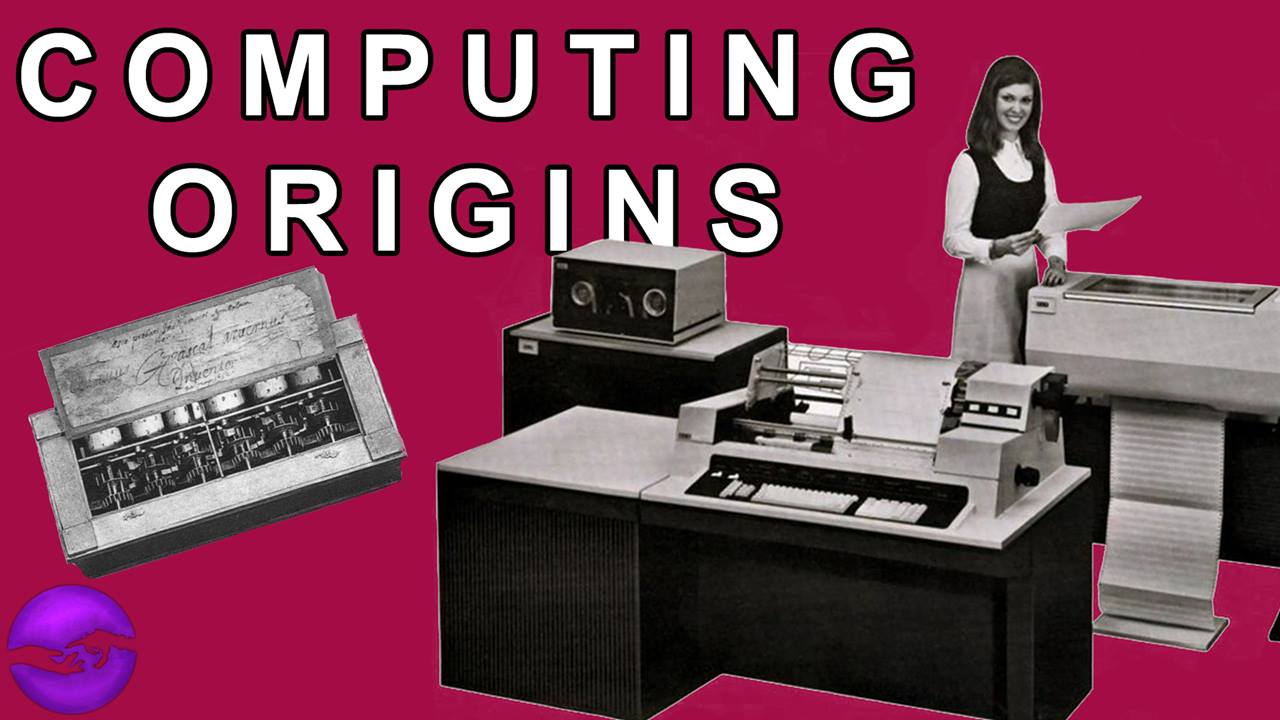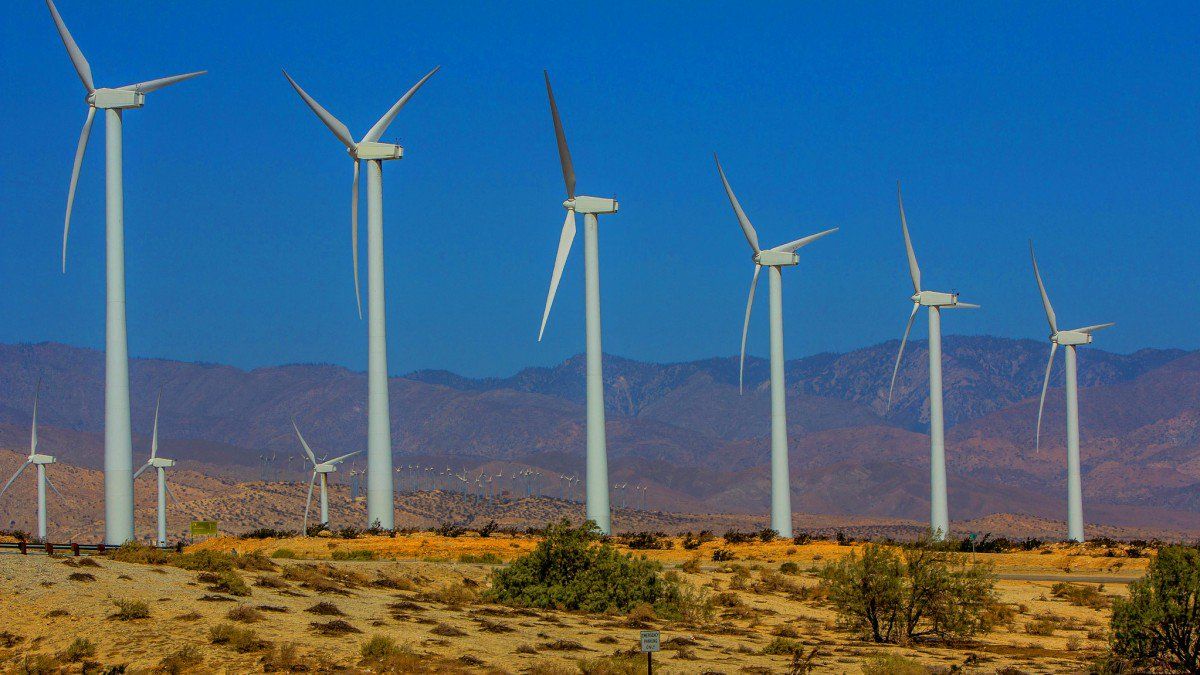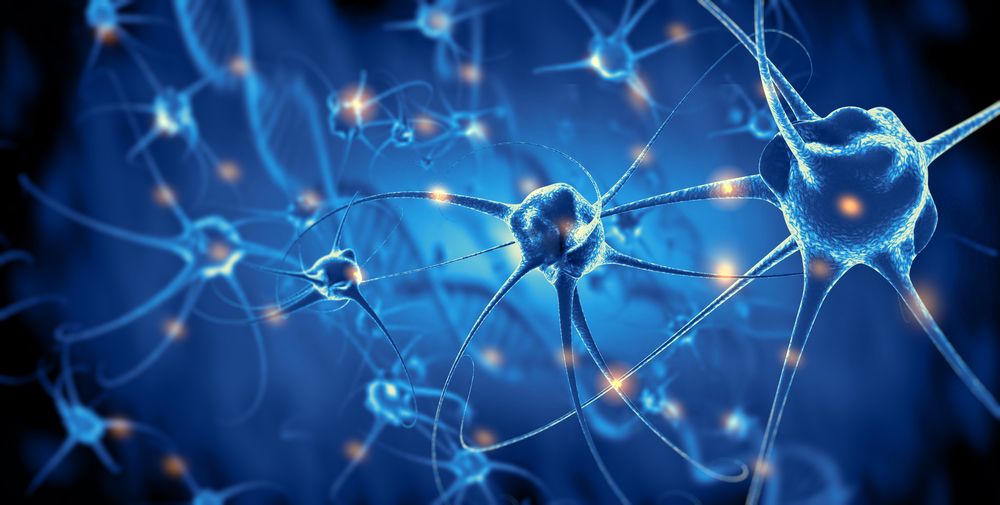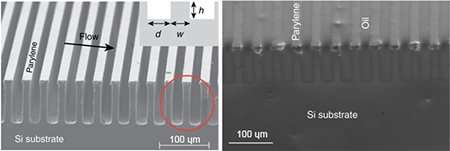Page 58
Oct 4, 2018
Wi-Fi 6 Is Coming: Here’s Why You Should Care
Posted by Genevieve Klien in categories: computing, internet, mobile phones
Get ready for the next generation of wifi technology: Wi-fi 6 (for so it is named) is going to be appearing on devices from next year. But will you have to throw out your old router and get a new one? And is this going to make your Netflix run faster? Here’s everything you need to know about the new standard.
A brief history of wifi
Those of you of a certain age will remember when home internet access was very much wired—only one computer could get online, a single MP3 took half an hour to download, and you couldn’t use the landline phone at the same time.
Continue reading “Wi-Fi 6 Is Coming: Here’s Why You Should Care” »
Oct 4, 2018
Wide-scale US wind power could cause significant warming
Posted by Bill Kemp in category: climatology
A Harvard study raises questions about just how much wind should be part of a climate solution.

In this video, we’ll be discussing the evolution of computing – more specifically, the evolution of the technologies that have brought upon the modern computing era.
[0:30–5:33] — Starting off we’ll look at, the origins of computing from as far back as 3000 BC with the abacus and progressing to discuss some of the first mechanical computers. After this, we’ll get to see the first signs of modern computing emerge, through the use of electromechanical relays in computers along with punched cards for data I/O.
[5:33–8:36] — Following that we’ll discuss, the 1st generation of modern computing, the vacuum tube era. The first technology that was fully digital and resembled how modern computers operate.
Oct 4, 2018
Scarlet Protein Might Protect Against Parkinson’s Disease
Posted by Nicola Bagalà in categories: biotech/medical, neuroscience
Scarlet protein has a protective effect against Parkinson’s disease in fruit flies.
Researchers at the Department of Biological Sciences at Lehigh University in Bethlehem, Pennsylvania, discovered that a protein known as Scarlet has protective effects against the fruit fly version of Parkinson’s disease [1].
Abstract
Continue reading “Scarlet Protein Might Protect Against Parkinson’s Disease” »
Oct 4, 2018
Flowing salt water over this super-hydrophobic surface can generate electricity
Posted by Bill Kemp in categories: energy, engineering, sustainability
Engineers at the University of California San Diego have developed a super-hydrophobic surface that can be used to generate electrical voltage. When salt water flows over this specially patterned surface, it can produce at least 50 millivolts. The proof-of-concept work could lead to the development of new power sources for lab-on-a-chip platforms and other microfluidics devices. It could someday be extended to energy harvesting methods in water desalination plants, researchers said.
A team of researchers led by Prab Bandaru, a professor of mechanical and aerospace engineering at the UC San Diego Jacobs School of Engineering, and first author Bei Fan, a graduate student in Bandaru’s research group, published their work in the Oct. 3 issue of Nature Communications.
The main idea behind this work is to create electrical voltage by moving ions over a charged surface. And the faster you can move these ions, the more voltage you can generate, explained Bandaru.
Continue reading “Flowing salt water over this super-hydrophobic surface can generate electricity” »
Oct 4, 2018
Quantum machine learning is a big leap away, at least for now
Posted by Bill Kemp in categories: information science, quantum physics, robotics/AI
Quantum computing isn’t going to revolutionize AI anytime soon, according to a panel of experts in both fields.
Different worlds: Yoshua Bengio, one of the fathers of deep learning, joined quantum computing experts from IBM and MIT for a panel discussion yesterday. Participants included Peter Shor, the man behind the most famous quantum algorithm. Bengio said he was keen to explore new computer designs, and he peppered his co-panelists with questions about what a quantum computer might be capable of.
Quantum leaps: The panels quantum experts explained that while quantum computers are scaling up, it will be a while—we’re talking years here—before they could do any useful machine learning, partly because a lot of extra qubits will be needed to do the necessary error corrections. To complicate things further, it isn’t very clear what, exactly, quantum computers will be able to do better than their classical counterparts. But both Aram Harrow of MIT and IBM’s Kristian Temme said that early research on quantum machine learning is under way.
Continue reading “Quantum machine learning is a big leap away, at least for now” »
Oct 4, 2018
New fuel cell concept brings biological design to better electricity generation
Posted by Bill Kemp in categories: biological, materials
Fuel cells have long been viewed as a promising power source. These devices, invented in the 1830s, generate electricity directly from chemicals, such as hydrogen and oxygen, and produce only water vapor as emissions. But most fuel cells are too expensive, inefficient, or both.
In a new approach, inspired by biology and published today (Oct. 3, 2018) in the journal Joule, a University of Wisconsin-Madison team has designed a fuel cell using cheaper materials and an organic compound that shuttles electrons and protons.
In a traditional fuel cell, the electrons and protons from hydrogen are transported from one electrode to another, where they combine with oxygen to produce water. This process converts chemical energy into electricity. To generate a meaningful amount of charge in a short enough amount of time, a catalyst is needed to accelerate the reactions.
Continue reading “New fuel cell concept brings biological design to better electricity generation” »
Oct 4, 2018
Fisetin Found in Strawberries Clears Senescent Cells in Mice
Posted by Steve Hill in categories: biotech/medical, life extension
Today, we want to bring your attention to a recent mouse study on fisetin, a commonly available supplement that has proven effective at destroying senescent cells.
What are senescent cells?
As we age, increasing amounts of our cells enter into a state known as senescence. Normally, these cells destroy themselves by a self-destruct process known as apoptosis and are disposed of by the immune system. Unfortunately, as we age, the immune system declines, and increasing numbers of senescent cells escape apoptosis and accumulate in the body.
Oct 4, 2018
Model helps robots navigate more like humans do
Posted by Bill Kemp in categories: information science, robotics/AI
When moving through a crowd to reach some end goal, humans can usually navigate the space safely without thinking too much. They can learn from the behavior of others and note any obstacles to avoid. Robots, on the other hand, struggle with such navigational concepts.
MIT researchers have now devised a way to help robots navigate environments more like humans do. Their novel motion-planning model lets robots determine how to reach a goal by exploring the environment, observing other agents, and exploiting what they’ve learned before in similar situations. A paper describing the model was presented at this week’s IEEE/RSJ International Conference on Intelligent Robots and Systems (IROS).
Popular motion-planning algorithms will create a tree of possible decisions that branches out until it finds good paths for navigation. A robot that needs to navigate a room to reach a door, for instance, will create a step-by-step search tree of possible movements and then execute the best path to the door, considering various constraints. One drawback, however, is these algorithms rarely learn: Robots can’t leverage information about how they or other agents acted previously in similar environments.
















